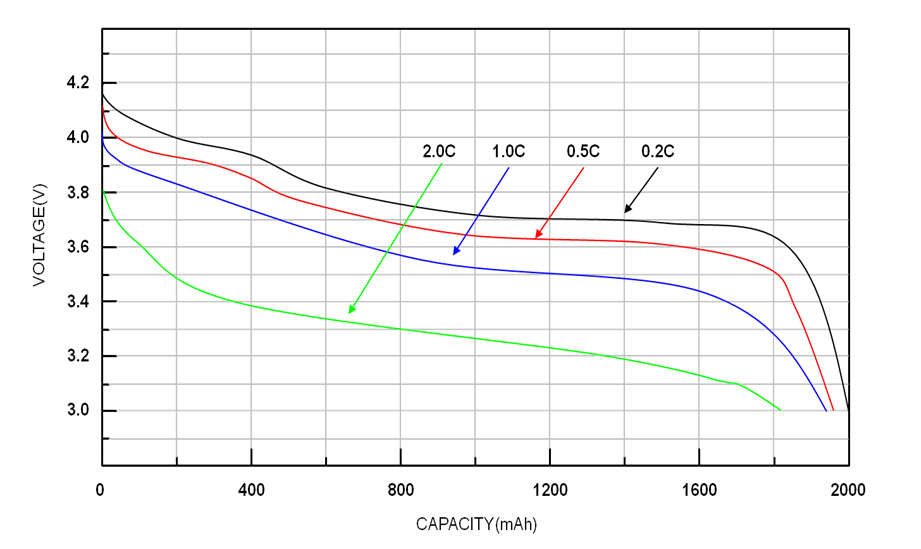You most like to answer or post to threads where you can help fix misconceptions, such a teacher! Better you do that then let them fly, that is a great help, thank you.
I better explain my reasons: I never let my Li-ion cells go very far below 3.7 each with this diode (if the 50mw diode) when I am using two batteries without a boost, it just doesn't have enough voltage to drive it if much lower, there is more capacity there, but you just can't use as much of it with that diode, except at reduced output so I call them drained much below 3.7 VDC each with that driver.
I'm basing this on about a half volt drop from the regulator which is the maximum acceptable to me, if you have a regulator with extremely low drop-out, it isn't so bad at 2 X 3.7 VDC or 7.4 volts, if so you can probably do fine at 7.4 VDC with at least 7.150 VDC to the diode if only a quarter volt dropout from the driver, but few are that low. I know, you guys like talking constant current, not voltage, but the typical voltage required at the typical 125 mA of current needed to drive the 50mw diode to that rated output is what I'm referring to.
The nominal voltage for this diode is 6.9 volts at full rated output, but all down hill below that, even then not a lot of capacity remains until you get down to 6.9 V. This is if using the B1 or 50mw, if the pointer has been designed for 30 mw (PL 520_B1_2), you have an extra half volt to work with before you go below the rated voltage for that power output.
Also, depends on the make of the battery, I don't want to spend the time to find curves for the particular battery this unit uses, but here is an idea of the remaining capacity at voltage for the 18650, but this is moot if the voltage is too low to fully drive that diode (after losses) anyway:
If using Panasonic batteries you will have a lot more remaining capacity at 3.7 VDC (if you can get to it, depending upon the driver dropout loss and laser diode), but if using crapFire batteries, probably 10-12% or less which to me is too far drained. Of course, the time to discharge would be different for a lower current draw, but as a general example.







%202016/AW%2018650%203400mAh%20(Black)%202016-Capacity.png)

